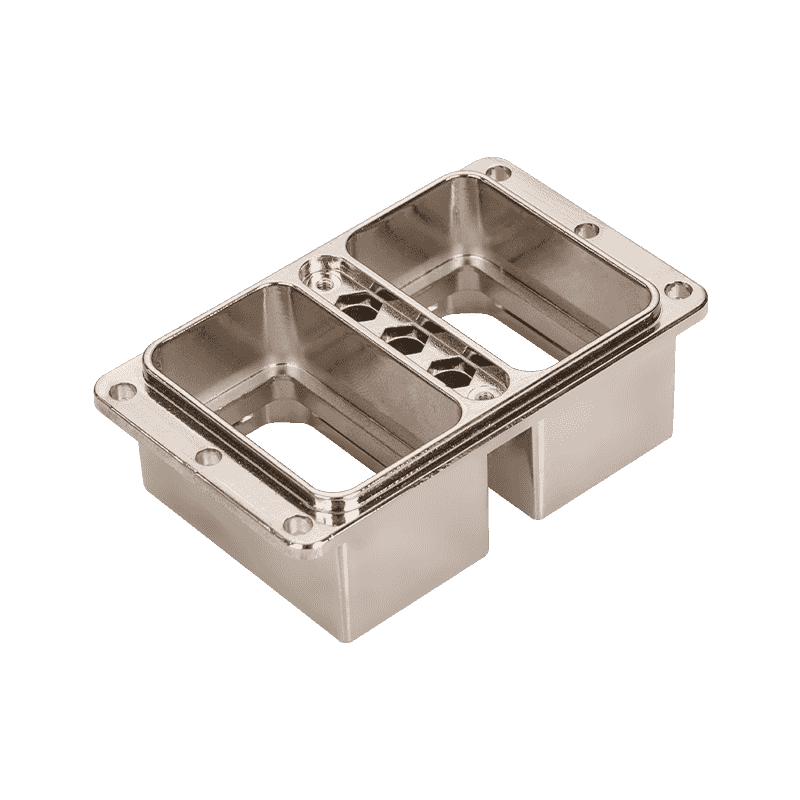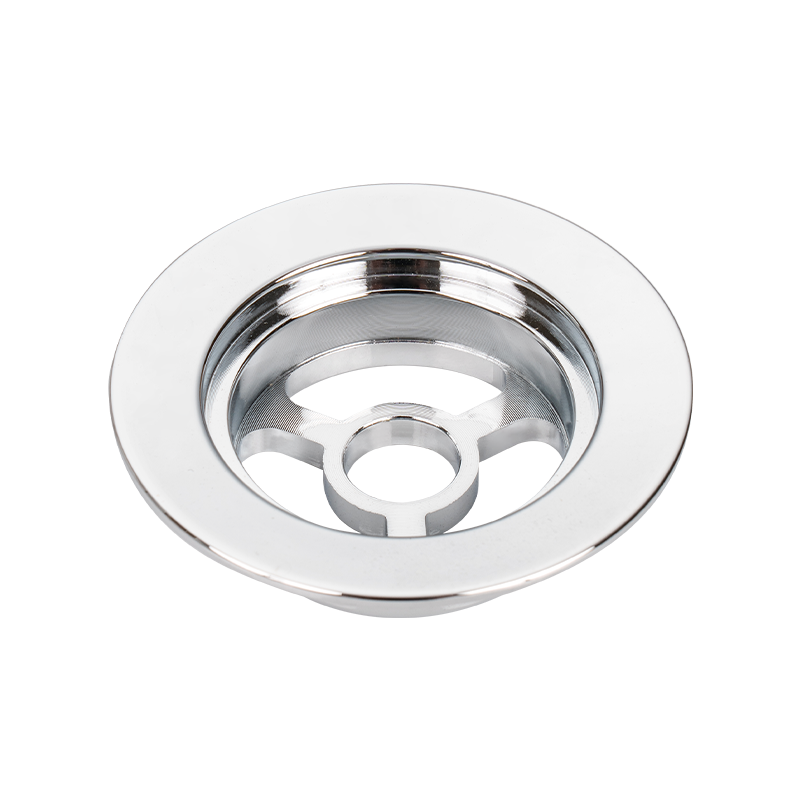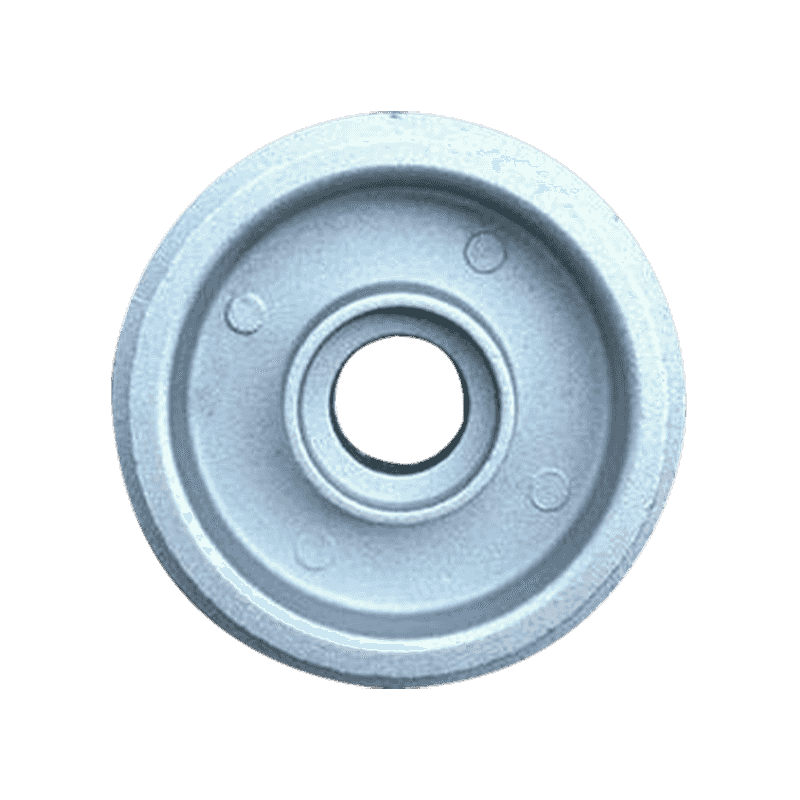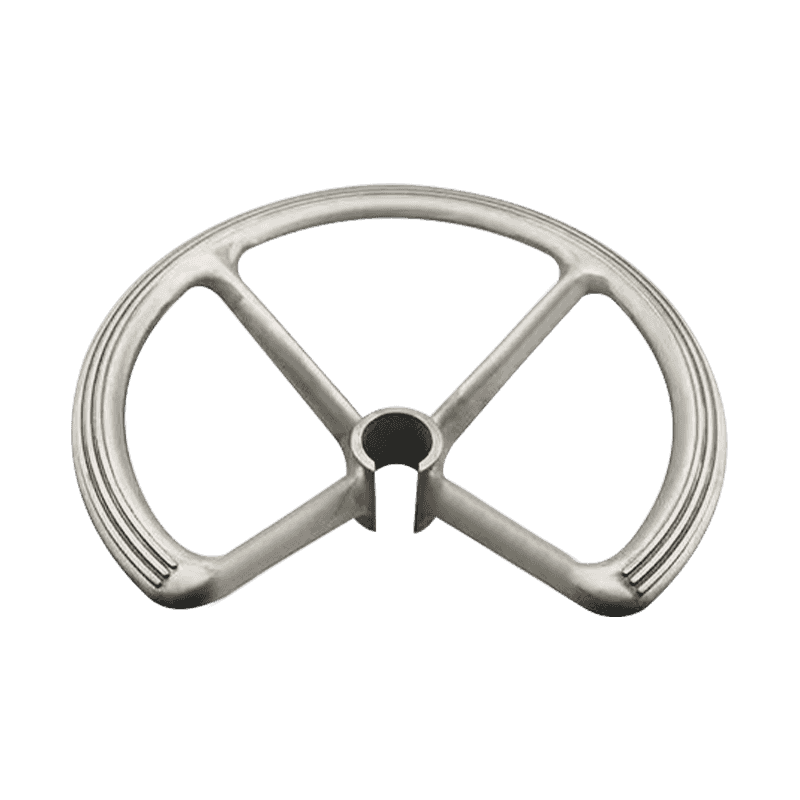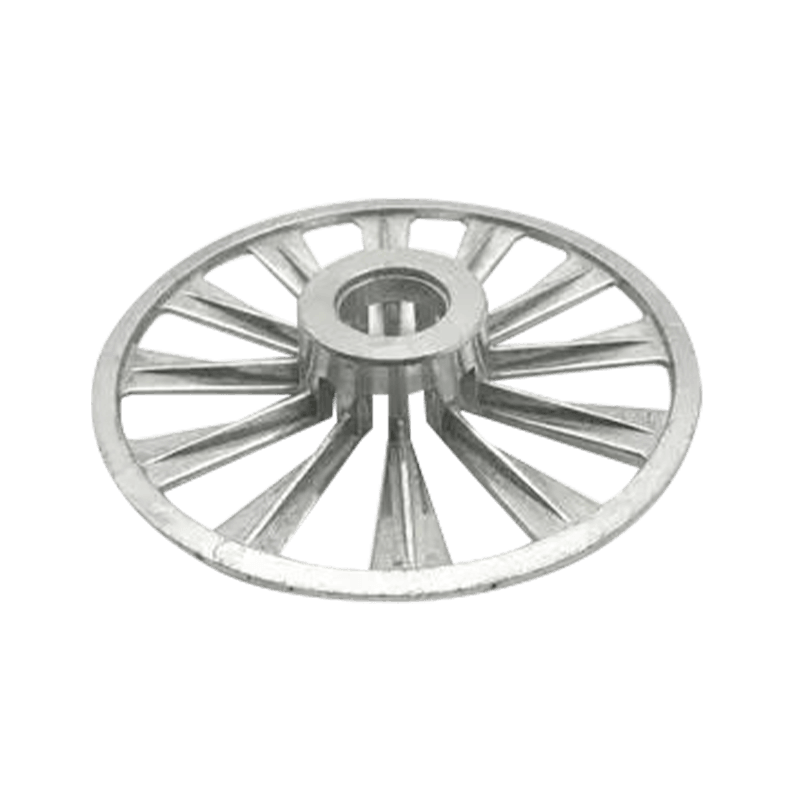What is the difference between aluminum alloy and steel in terms of the life cycle cost of power tool parts
16-07-2024Aluminum alloy and steel are two common materials for making power tool parts. Compared with these two materials, aluminum alloy is often particularly prominent in the manufacturing of power tool parts due to its lightweight characteristics. In contrast, steel, as a traditional material choice, has higher strength but also higher density, so the parts of the same volume will be heavier. The lightweight advantage of Aluminum Alloy Power Tool Parts not only reduces the weight of the tool itself, making it easier to carry and operate, but also reduces transportation costs and reduces operator fatigue in actual use. This is particularly important for work scenarios that require long-term continuous operation, such as construction sites or industrial manufacturing environments.
Secondly, aluminum alloy has excellent processing performance and can achieve complex design requirements through a variety of forming processes. This allows engineers and designers to have more flexibility to design power tool parts with excellent performance and meet specific needs. In comparison, the processing process of steel can be more complicated and time-consuming because its hardness and thermal conductivity are not as good as aluminum alloy.
Power tools are often required to operate in various environmental conditions, including humid, dusty or chemically exposed environments. Aluminum alloys can effectively resist corrosion and oxidation, maintaining the appearance and functionality of components, thereby extending their service life and reducing maintenance costs. In contrast, steel is prone to rust in humid environments and requires additional anti-corrosion treatment and maintenance, which increases the cost burden of long-term operations.
Are You Interested In Our Products
Leave your name and email address to get our prices and details immediately.

 English
English 中文简体
中文简体 Deutsch
Deutsch русский
русский





